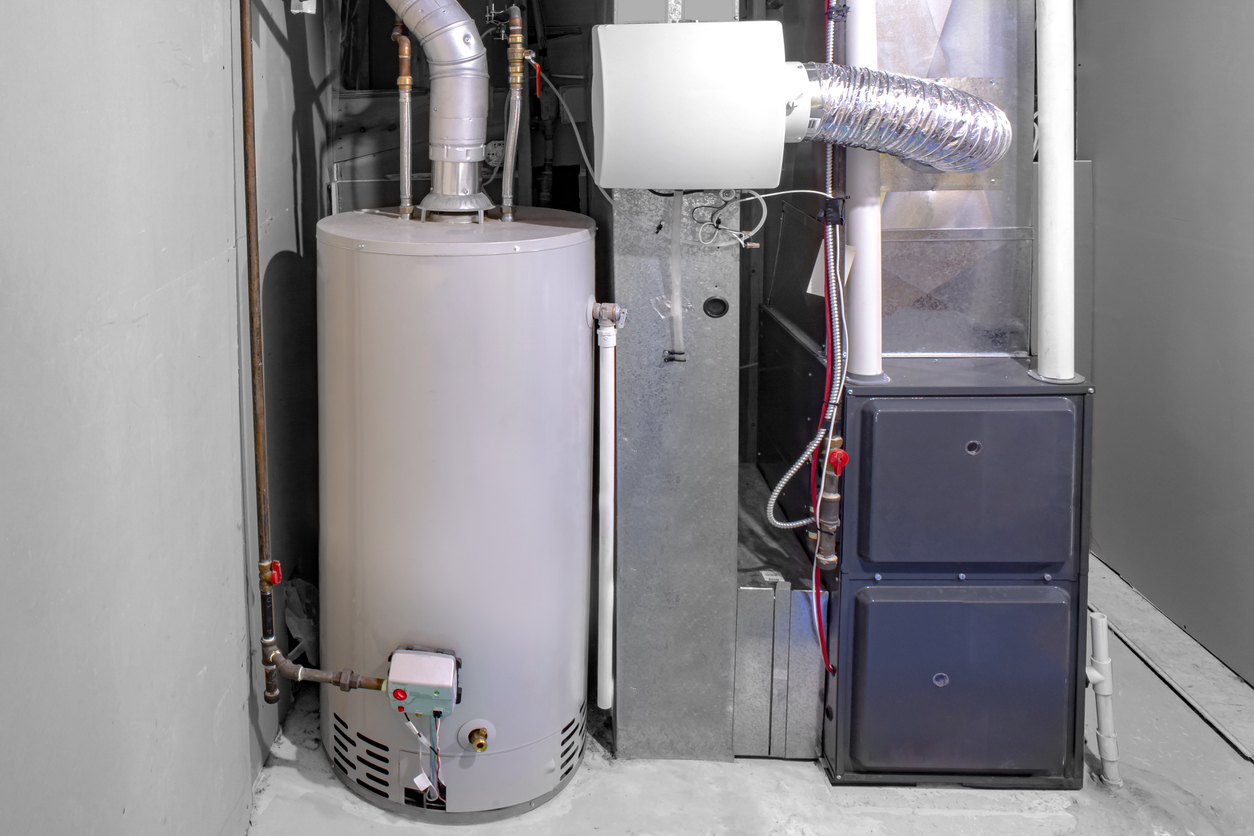How to Re-Light Pilot Light On Furnace

Older gas furnaces depend on a pilot light to ignite fuel and keep your home warm in the winter. Normally, it stays lit so your furnace is ready to go when you need it. If it goes out for any reason, your furnace won’t start. However, this is no reason for panic. This happens a lot to older models, and you may be able to take care of it yourself. Read on for some tips on lighting a pilot light on a gas furnace.
What Is a Pilot Light?
The pilot light is a small flame that stays lit so it can ignite the burners in an older gas furnace. Most modern models use an electric igniter to do the same job.
Why Did My Pilot Light Go Out?
If you discover your pilot light is out, it could be because of one of several reasons, including:
-
Weak flame — A gas furnace pilot light should burn bright blue. If yours shows any yellow or orange, it means it’s not burning the gas efficiently enough. This can cause your thermocouple to shut off the gas valve to the pilot light.
-
Thermocouple malfunction — If soot or dirt builds up on the intake valve, it can limit the amount of oxygen required by the pilot light, causing it to extinguish.
-
Drafts — A sufficiently strong draft can blow out your pilot light, just like the candles on a birthday cake.
How to Reignite a Pilot Light on a Furnace
If you’re going to try lighting the pilot light on your gas furnace, always check the unit’s instructions before attempting anything. Following the owner’s manual is critical for preventing damage to your unit or unsafe conditions. If you can’t find your unit’s instructions, however, you may be able to follow these steps:
- Step 1: Locate the assembly for the pilot light. This is normally found on the bottom of the furnace and should have a valve with “on,” “off,” and “pilot” settings as well as a “reset” button.
- Step 2: Turn the valve to the “off” position and wait for at least three minutes to let the gas dissipate. If you can’t turn the knob on the valve easily with your fingers, don’t attempt anything else and call for professional help. You cannot skip this step, as leaving the gas on can result in an explosion.
- Step 3: Once the three minutes are up, turn the valve to the “pilot” setting. Holding a lighted match to the nozzle, push the reset button on the pilot control panel. Hold the button down until you see the pilot flame burning bright blue again. Once it does, turn the valve to the “on” position and make sure the furnace starts.
- Step 4: Wait to see if the pilot light continues to burn. If it goes out again, this probably means the nozzle is clogged. Turn everything off and try cleaning it out with a piece of thin wire. If it still won’t stay lit, you may have a broken thermocouple.
If these steps don't do the trick, or if you're unsure about exactly how to relight the pilot light on your furnace, don't hesitate to call a professional. Attempting to fix your furnace yourself could void your manufacturer's warranty, or it could even be dangerous if you don't know what you're doing.
The pros at AJ Perri, on the other hand, certainly know what they're doing. Give us a call for a furnace tune-up today! We'll inspect your unit and tell you exactly what you need to keep your pilot light lit in the future.
